Your Child Will Learn
Positional Words
Here’s What to Do
- As you go through your day, try to focus on using positional words when talking to your baby.
- Examples of positional words: above/below, in front/behind, between, next to, inside/outside, over/under, near/far, top/bottom
Put PEER Into Action
PAUSE
- Make eye contact with your baby and try to direct their attention to what you’re talking about.
ENGAGE
- Say your child’s name, then describe what you’re doing using positional words. Like this:
- “Kai, we’re going inside the house right now!”
- “Amira, I’m pulling the comforter over the sheets. The sheets are under the comforter.”
ENCOURAGE
- Notice where your baby’s looking, and talk about that. “Yes, Mila! You’re putting your teddy bear in front of the doggy.”
- Put your baby’s vocalizations to words. “Great noticing! You saw a bird outside the window.”
REFLECT
- Does your baby seem to understand any positional words? For example, do they change where they’re looking if you say something like “Your teddy bear is under the blanket.”
Not Quite Ready
Even if it doesn’t seem like your baby understands yet, using positional words will help them begin to understand how objects relate to one another.
Ready for More
Ask your child to follow directions with position words (like: “put the toy inside the bin”)
As Your Child Masters This Skill
They will begin to understand what different positional words mean
Time to Complete
10 minutes
Materials Needed
None
